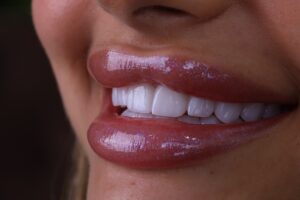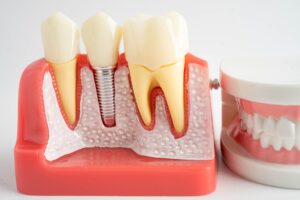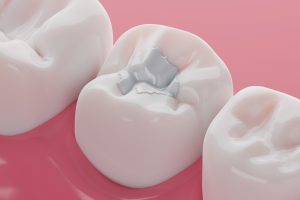Dental veneers (sometimes known as porcelain laminates) are one of, if not the best solution to most dental problems – particularly those that are aesthetic in nature.
Below are some facts that attest to this:
- Veneer installation is irreversible, painless and gives a natural look. It can also withstand the effects of most diets.
- Some dentists agree that porcelain veneers look and feel less bulky than lumineers (composite veneers), even though lumineers are actually thinner than porcelain.
- Porcelain veneers are much stronger than and outlast resin bonding, which tends to chip and break easily.
- Resin bonding is the budget-friendly option to porcelain veneers (at one-third of the price), but they are much less durable.
Veneers are usually ultrathin custom made shells that are put on the front surface of teeth to offer extra protection to deformed or weak teeth. These shells are usually made of porcelain. They help solve cosmetic issues like discolored teeth, misaligned teeth, and others.
How Do Other Procedures Compare?
Now let’s take a look at how other similar procedures compare to porcelain veneers.
1. Veneers vs. Crowns
Crowns are tooth-shaped caps that also offer protection to damaged teeth, just like veneers. The similarities end here. Assessing both procedures shows that veneer installation requires the filing down of just the surface of the affected tooth, whereas fixing a crown requires removing a large portion of a usually decayed tooth. Approximately $925 – $2500 per tooth is the average cost for porcelain veneers. $1000 – $3000 per tooth is the price range for crown installation.
2. Veneers vs. Teeth Whitening
If dazzling teeth are what you seek, then teeth whitening is usually the first consideration for most dentists. Teeth whitening is the process of giving discolored teeth a newer look. This process has similar value to veneers as they both seek to enhance the appearance of an otherwise unsightly tooth. Porcelain veneers are effective for teeth that are deeply discolored and resist teeth whitening. They are also ideal for solving other cosmetic issues such as chipped and cracked teeth for which teeth whitening is not an option. Veneers are a multifaceted procedure as they can solve both minor structural and display issues while teeth whitening solves only appearance issues.
3. Porcelain Veneers vs. Composite Veneers
Next, we move to evaluate two types of veneers – composite and porcelain veneers. Composite veneers, also known as dental/resin bonding, are sometimes described as ‘same-day veneers’. Instead of thin shells of porcelain, the resin material is bonded to the outer surface of the teeth. For cost-conscious patients, composites are the better option as they cost up to half the price of porcelain veneers. Porcelain veneers have their benefits over composites as they last nearly twice as long, 10-15 years for porcelain and 5-7 years for composite . Finally, porcelains are stain-resistant while composites are not – which means that with composites, you may have to alter your diet to avoid staining.
First impressions go a long way, and a smile is one of the first impressions one can make on others. If you are looking for porcelain veneers San Antonio, Thousand Oaks Dental is the place to visit. Their dentists are happy to help clients who need general dental care as well as those of a cosmetic nature, to ensure that everyone leaves with ‘smile satisfaction’.






